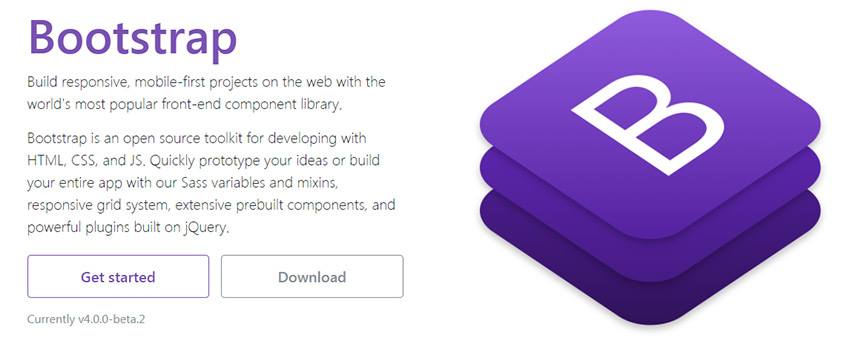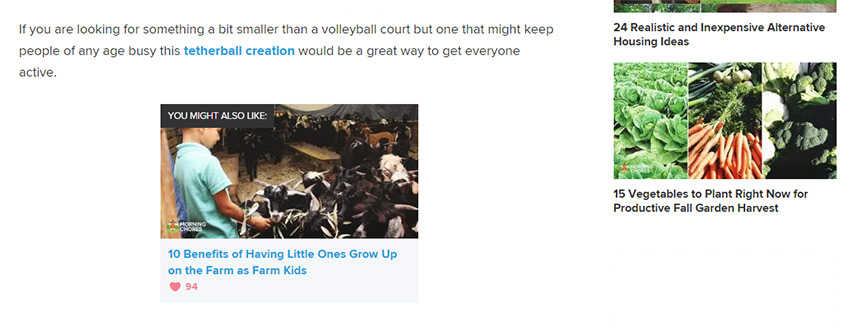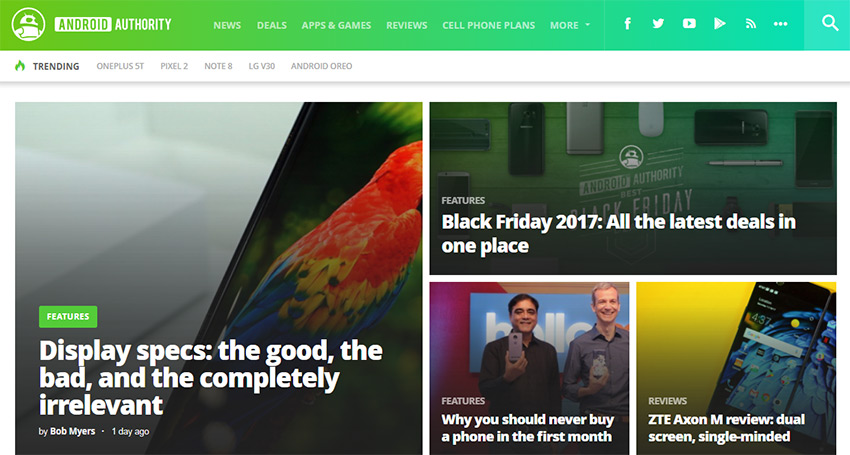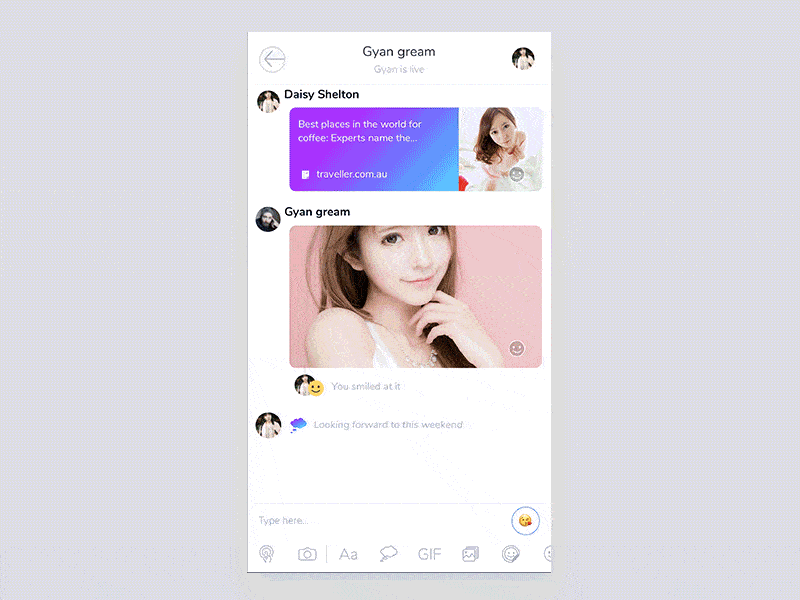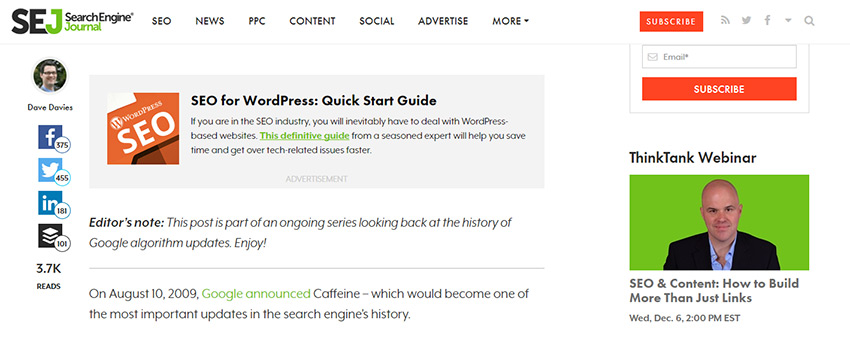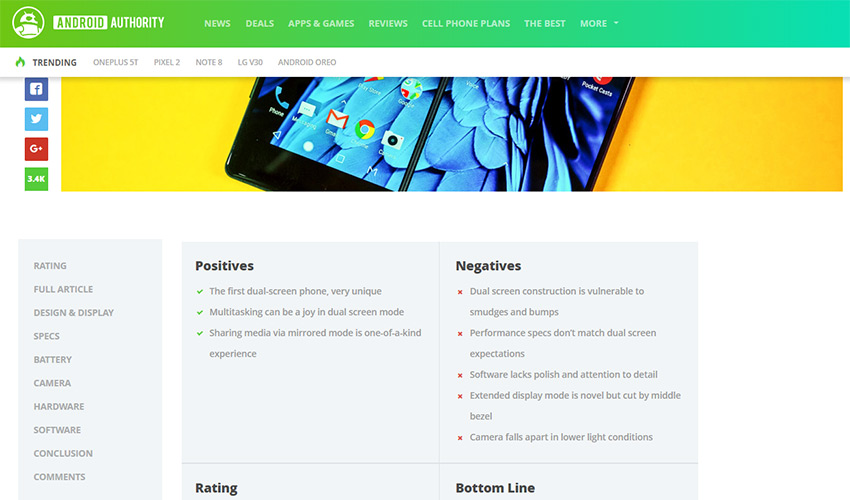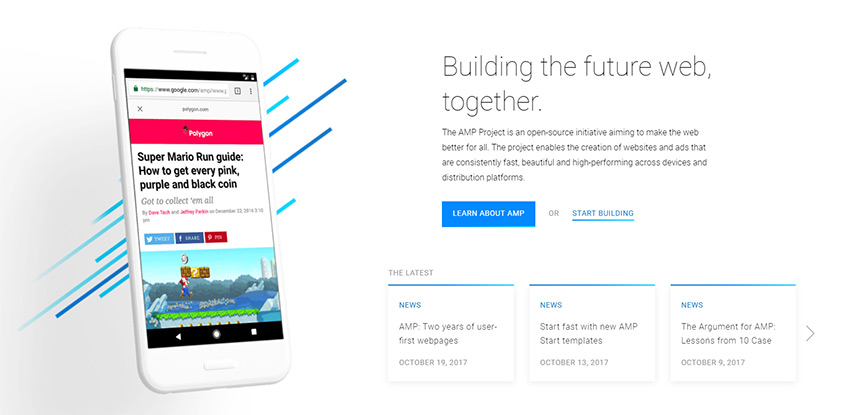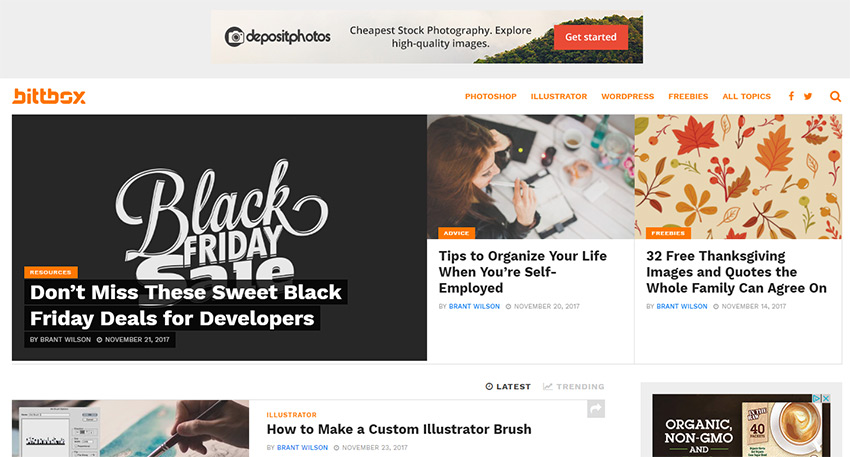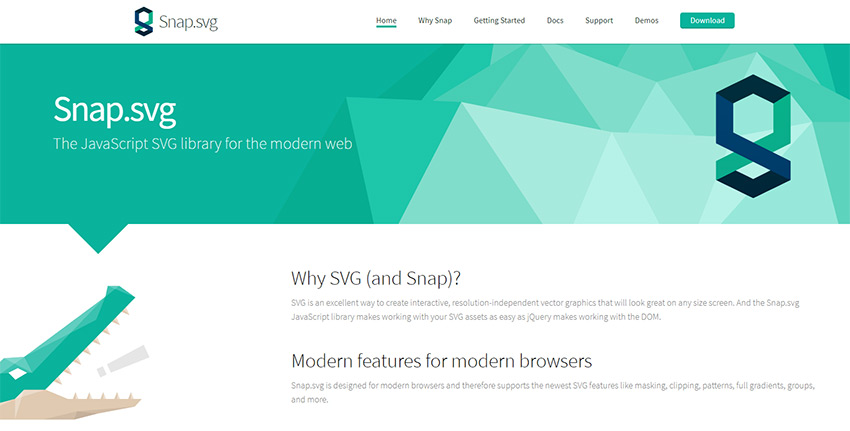10 Ways To Learn PPC Like a Pro
Original Source: https://www.webdesignerdepot.com/2017/12/10-ways-to-learn-ppc-like-a-pro/
 Businesses looking for online marketing and web services are rarely looking for one provision. Typically, they are looking for an agency that can act as a one-stop-shop for all their internet-based projects.
Businesses looking for online marketing and web services are rarely looking for one provision. Typically, they are looking for an agency that can act as a one-stop-shop for all their internet-based projects.
Pay-per-click advertising is one such service that businesses are interested in. The ability to promote their company on search engines like Google and Bing is integral to earning revenue online. But if you’ve never delved into the world of PPC, how do you bring this service into your wheelhouse?
In this article, we will cover ten cost-effective and actionable ways you can learn to set up, manage and optimize Pay-Per-Click campaigns for your clients. When used, these resources will make it easy for you to confidently offer PPC to your customers.
1. Lynda.com
This online learning platform is owned by LinkedIn and specializes in expert led training. They offer a range of PCC courses, from beginner level to advanced techniques. For a fee of $19.99 per month, you can have access to over 6,000 courses. The PPC focused courses cover everything from sophisticated targeting methods to account structuring and auditing. A great resource for employees looking to take on PPC responsibilities or business owners who want to have a firm understanding of the services they offer.
2. Google Adwords
When it comes to PPC advertisements, there is no disputing that Google is the giant. Website hosting company godaddy spends over $5 million per year on Google Adwords alone. If you want to be a successful PPC service provider, you have to know the Google Adwords platform inside out. Thankfully, Google offers several courses and official documents that can be accessed for free. Even better is that the courses are self-paced, so you can learn on your own schedule and have peace of mind knowing you are getting the information straight from the horse’s mouth.
3. Udemy
Udemy is another online learning site that offers affordable classes on a variety of topics. They update their courses each year, so you can be confident you are learning all the latest tips and tricks. Over 11,000 people have already taken their 2017 PPC course, and it has a rating of 4.8 out of 5. If you want to learn how to use PPC to boost traffic to websites or remarket to your previous website visitors, this is the perfect place to start.
4. Unbounce
Unbounce is landing page creation software. If you plan on managing PPC campaigns, chances are you will have to learn how to create landing pages. What is a landing page? It’s any web page that is created specifically with conversion focus in mind. Usually, PPC ads will include the link to a landing page rather than a website homepage to reduce the likelihood that visitors will be distracted on the website or click exit before completing the conversion step. Unbounce has a PPC blog that is full of insider tips, recent updates, and valuable tidbits of information.
5. Wordstream
When notable brands like The New York Times, Entrepreneur Magazine, and The Huffington Post trust an online learning site, you know it is worth considering. Such is the case with Wordstream, a marketing software and PPC management solutions site. Wordstream offers proprietary programs like their Adwords Performance Grader, which analyzes your current campaigns and lets you know where there is room for improvements. But what really helps them stand out is their absolute mountain of PPC learning material. Better yet, you don’t need to be a Wordstream customer to access most of their content
6. Bing Ads
Bing is owned by Microsoft, and the multinational technology company offers its own courses on learning its platform. The Bing Ads Training Courses take you through every step of creating, managing, and optimizing a Bing advertising campaign. And while Bing is commonly viewed as a secondary search engine in comparison to Google, it is still a lucrative path to take for businesses looking to gain traction online. Did you know that the Bing Network Audience spend 34 per cent more online than average internet searchers? Potential customers on this platform are likely to buy and invest in brands they see as trustworthy. A great place to make your company known!
7. The Ultimate Guide to PPC Advertising
This book by Richard Stokes is available on Amazon for approximately $20.00. Richard is the founder of the digital intelligence firm AdGooRoo, and has unique insight into the world of online paid advertising. In this book, he shares his personal strategies to increase click-through rates, steal impressions from competitors, and much more. Well worth the read!
8. PPC Hero
PPC Hero is the perfect go-to website for all things PPC. From interesting and educational blog posts to webinars and toolkits, there is something for every learner. Learn everything from Adwords Smart Display to how to utilize Excel to capture your PPC data. Be prepared to dedicate a fair amount of time to this website, however. The sheer amount of valuable info is astonishing!
9. Klientboost
Klientboost is a well-recognized resource in the online marketing industry. They are known for helping clients build landing pages that convert and PPC campaigns that drive traffic and revenue. They offer several courses, some more complex than others. Their 7-Day Adwords Toolbelt course is packed with useful tips. You can also check out their guides, webinars and blogs. Each has a plethora of practical, game-changing material to learn from!
10. CXL Institute
If you are already able to create a PPC framework and complete the basics, but you want to optimize the work you have done to increase conversions, this is the site for you. You won’t find run-of-the-mill updates and tutorials here. The CXL Institute prides itself on offering detailed, comprehensive articles, courses, workshops and conferences. Topics often covered include A/B split testing, Google Tag Manager, email marketing, and more. Google itself trains some of their employees by sending them to the CXL Institute courses, so you can be certain that you are learning from the very best.
LAST DAY: 250 High-Resolution Textures with Extended License – only $19!
![]()
Source
p img {display:inline-block; margin-right:10px;}
.alignleft {float:left;}
p.showcase {clear:both;}
body#browserfriendly p, body#podcast p, div#emailbody p{margin:0;}














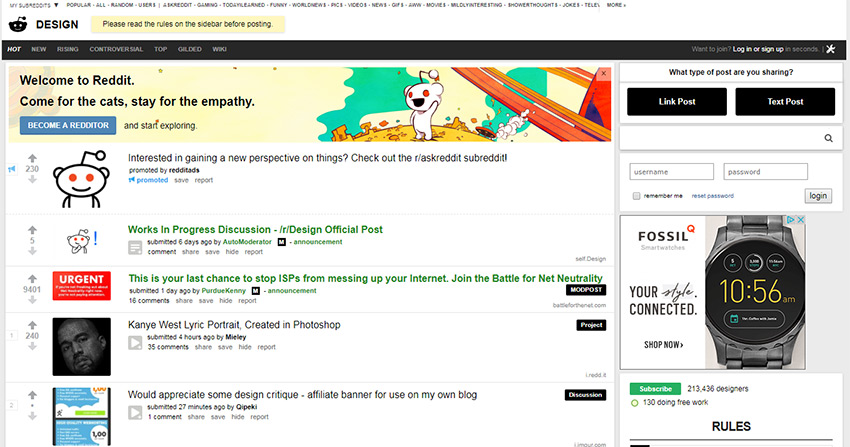
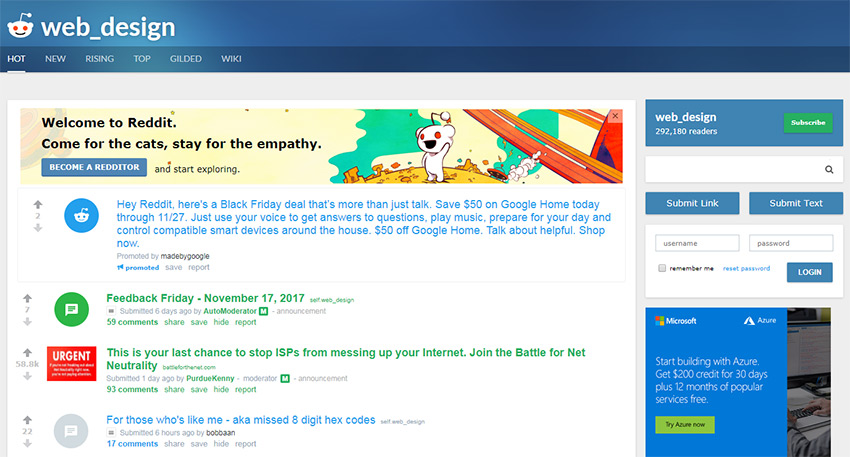
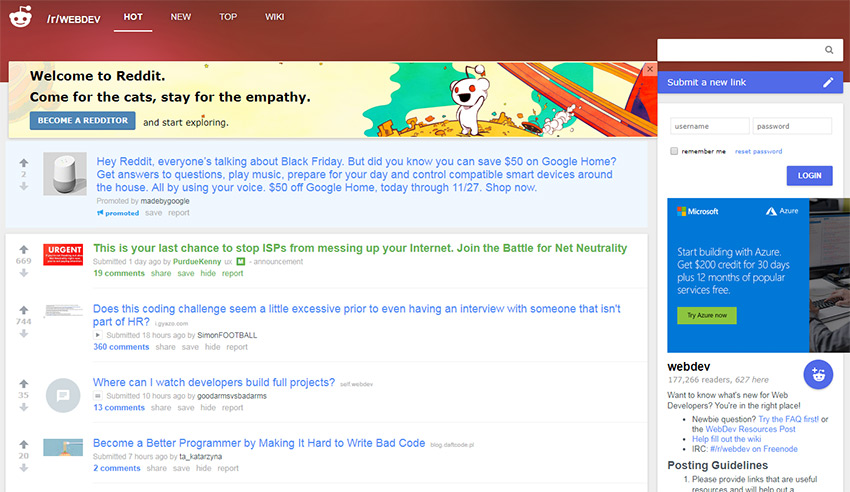
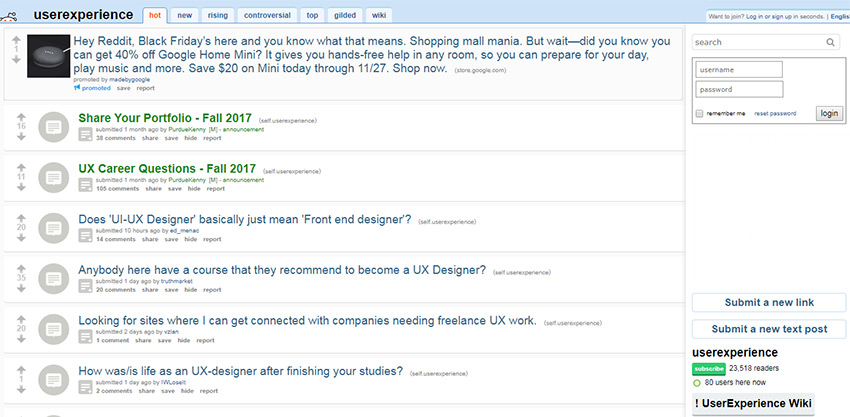
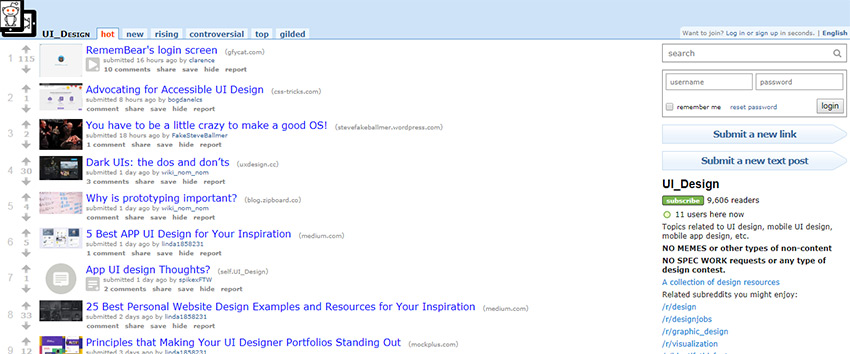
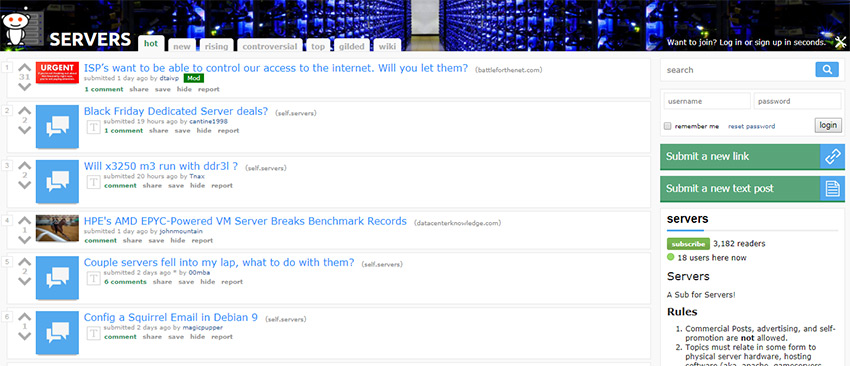
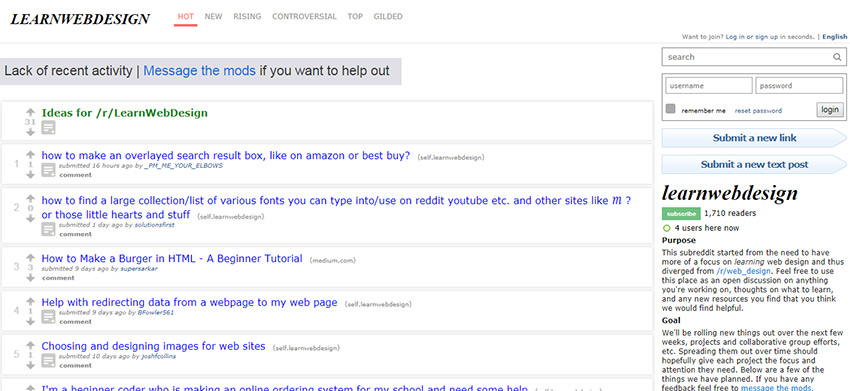
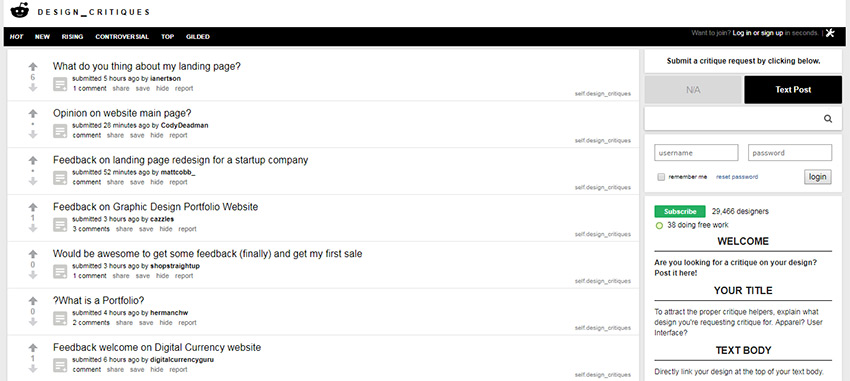
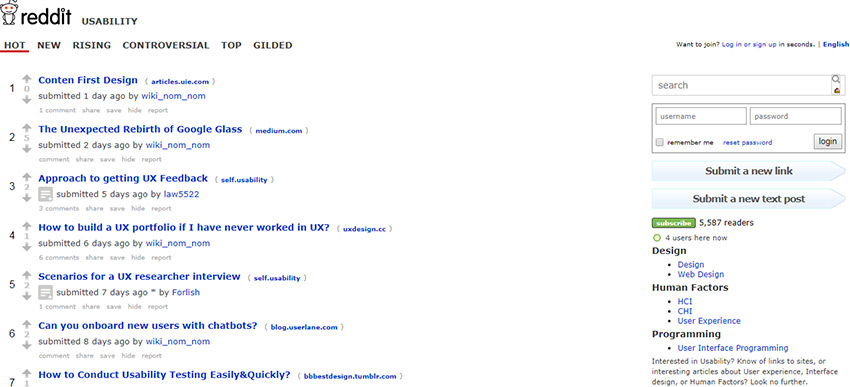
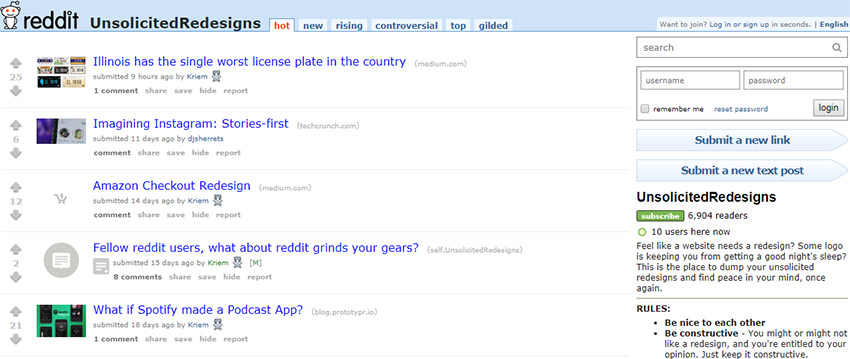
 The holiday season is upon us, and that’s the perfect time to give yourself a few design goodies. While the season for new releases has slowed some, there are still plenty of news design tools and beta releases to test out. Take the opportunity to play with some of these great new elements for designers.
The holiday season is upon us, and that’s the perfect time to give yourself a few design goodies. While the season for new releases has slowed some, there are still plenty of news design tools and beta releases to test out. Take the opportunity to play with some of these great new elements for designers.




















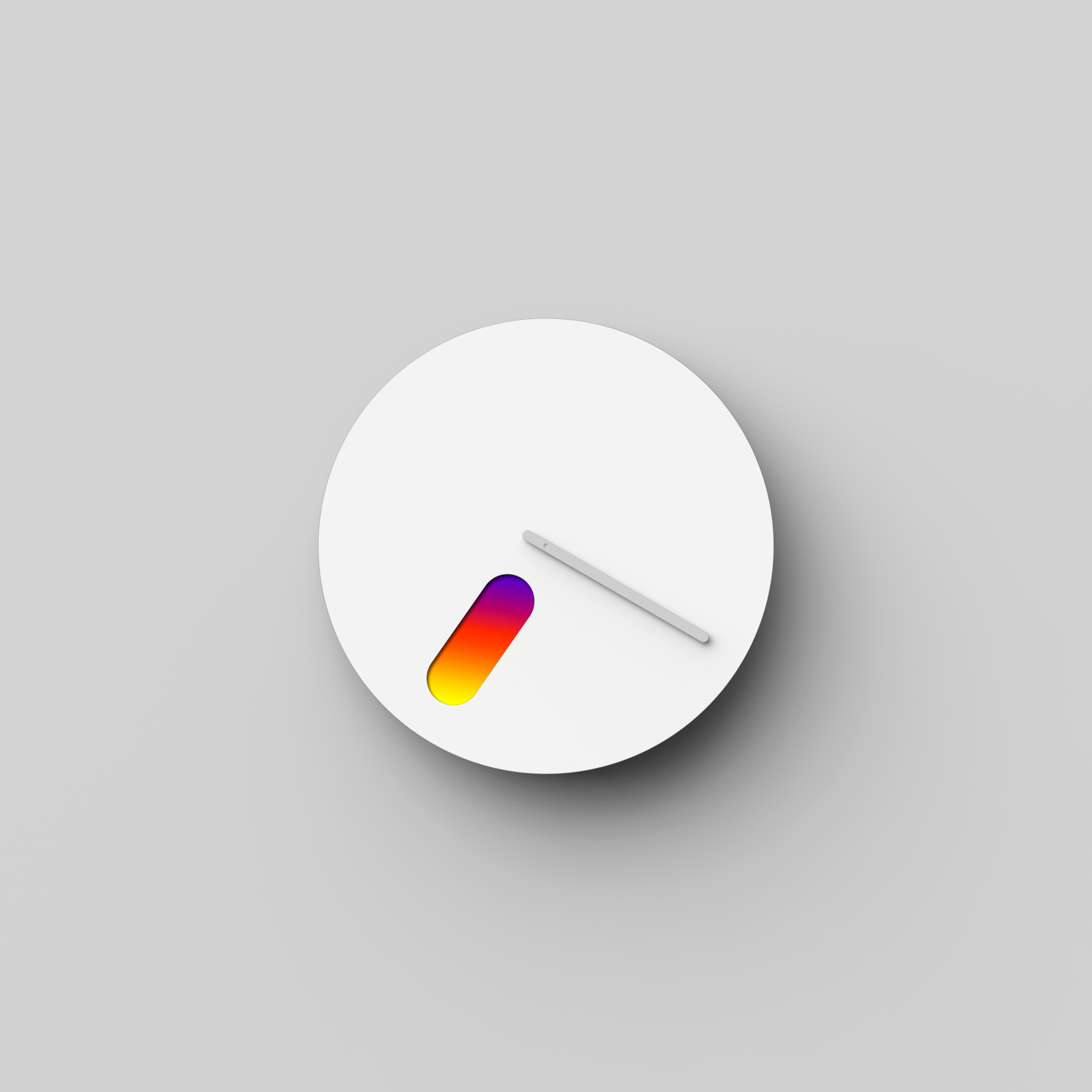
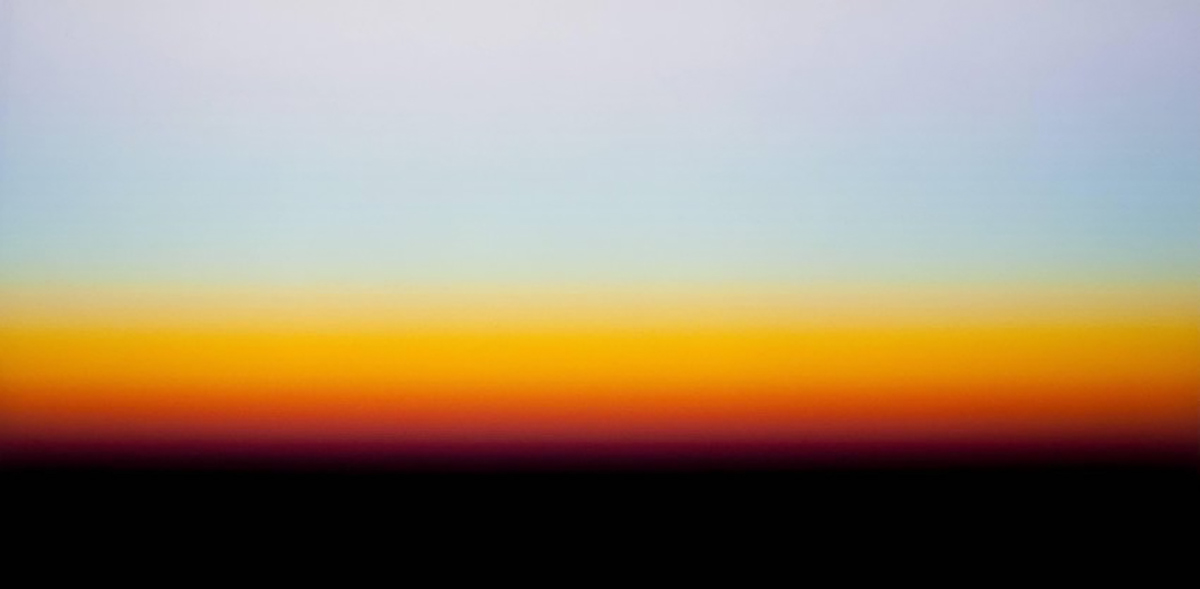 Norman Zammitt, Blue Burning, 1982 at SFMOMA
Norman Zammitt, Blue Burning, 1982 at SFMOMA
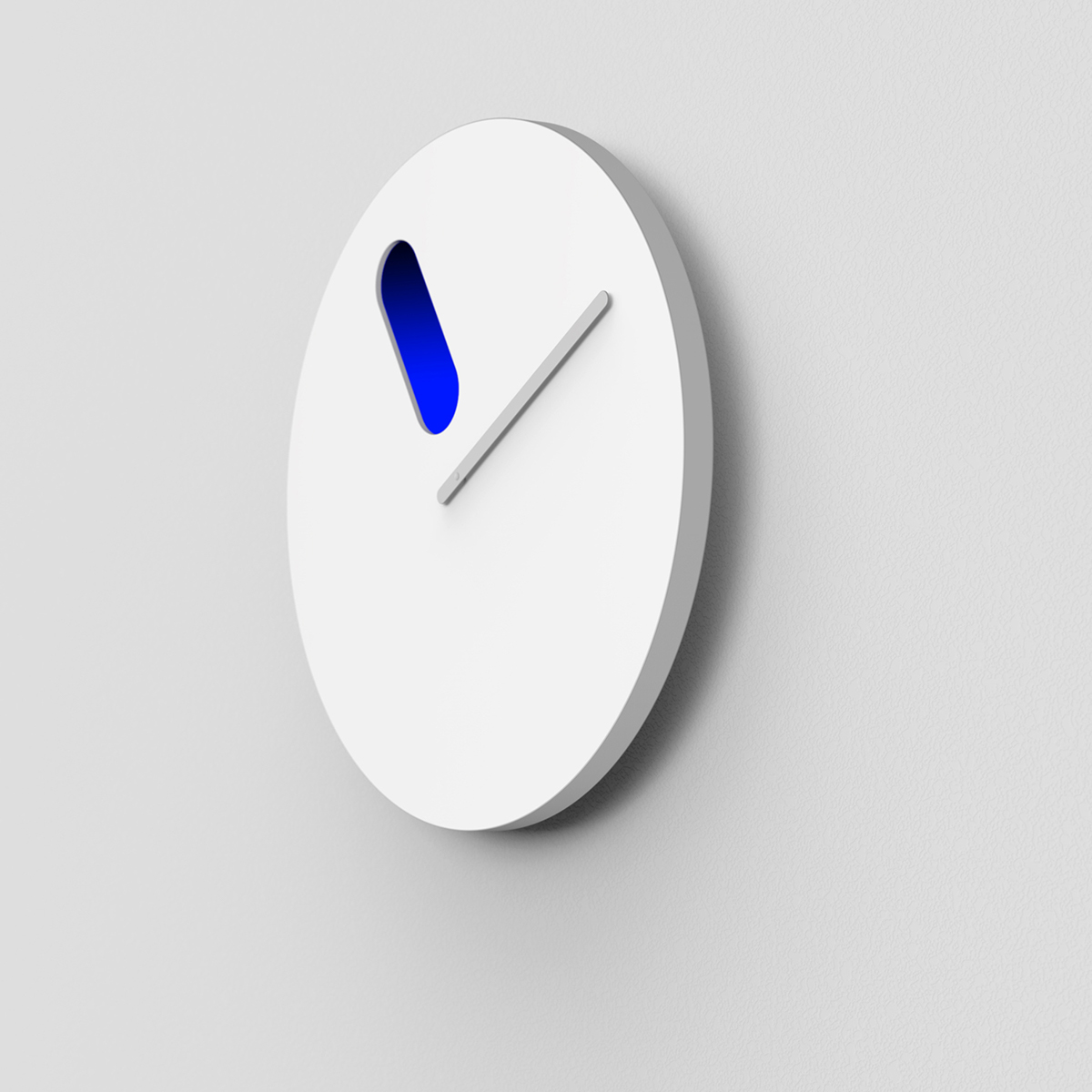
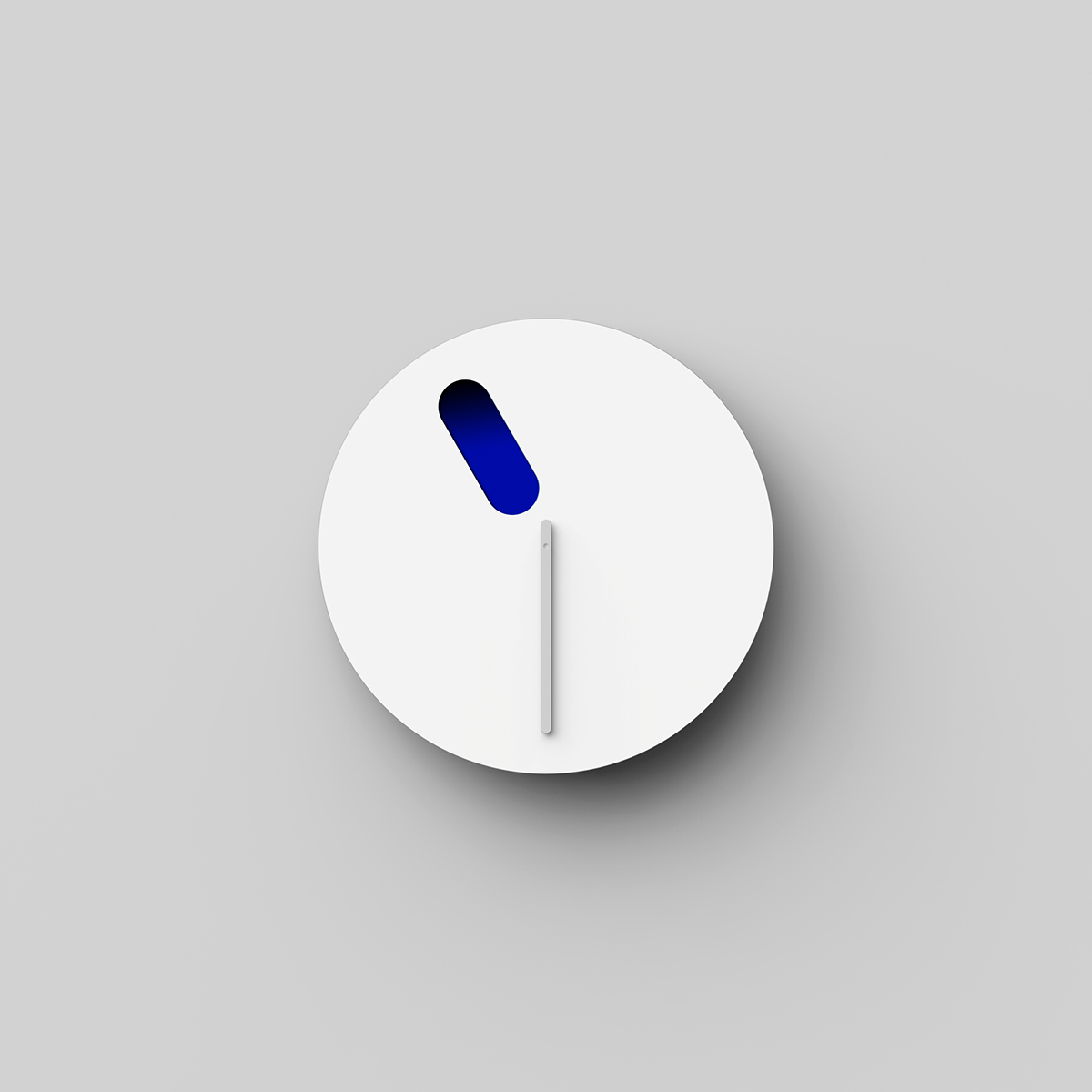 23 : 30
23 : 30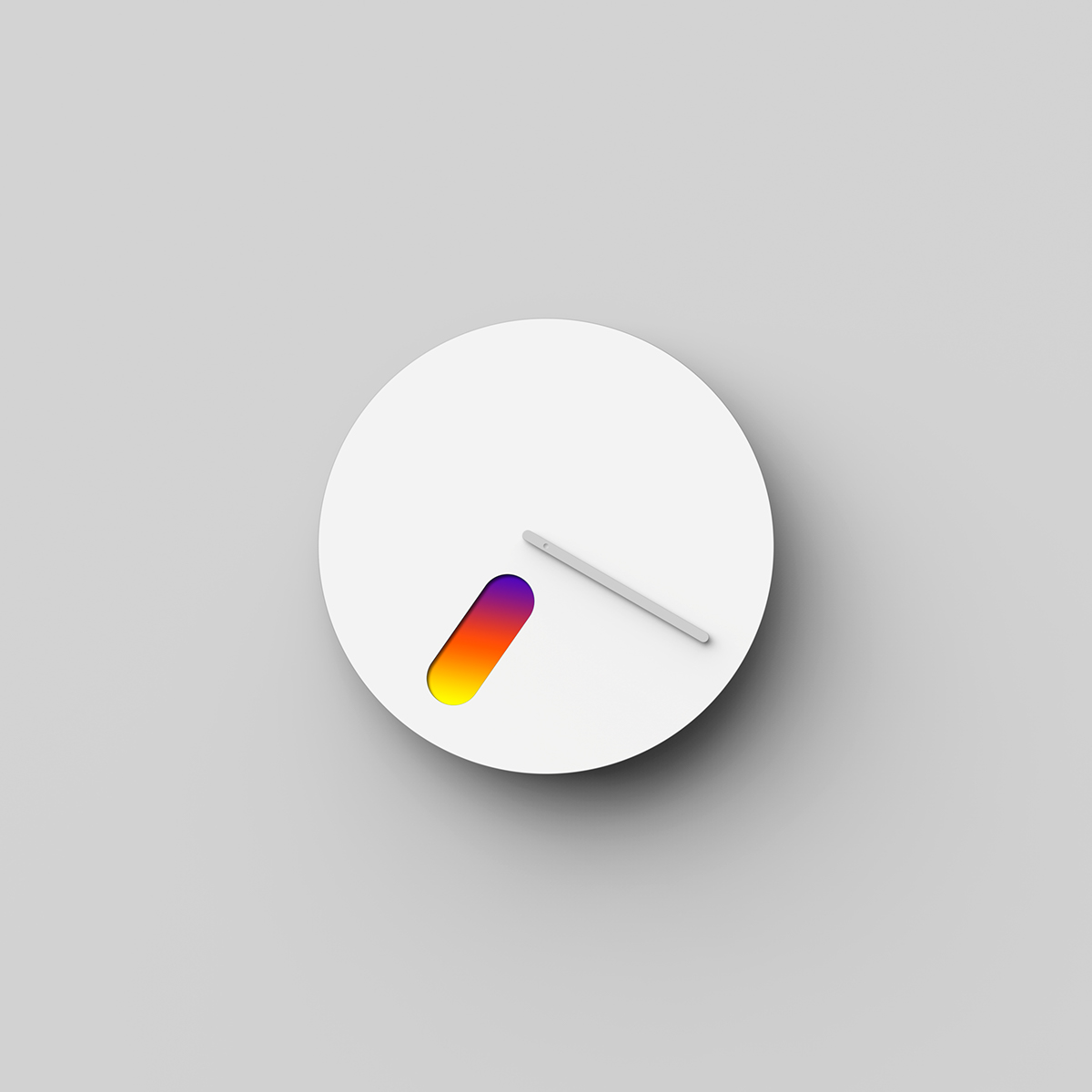 19 : 20
19 : 20 13 : 50
13 : 50
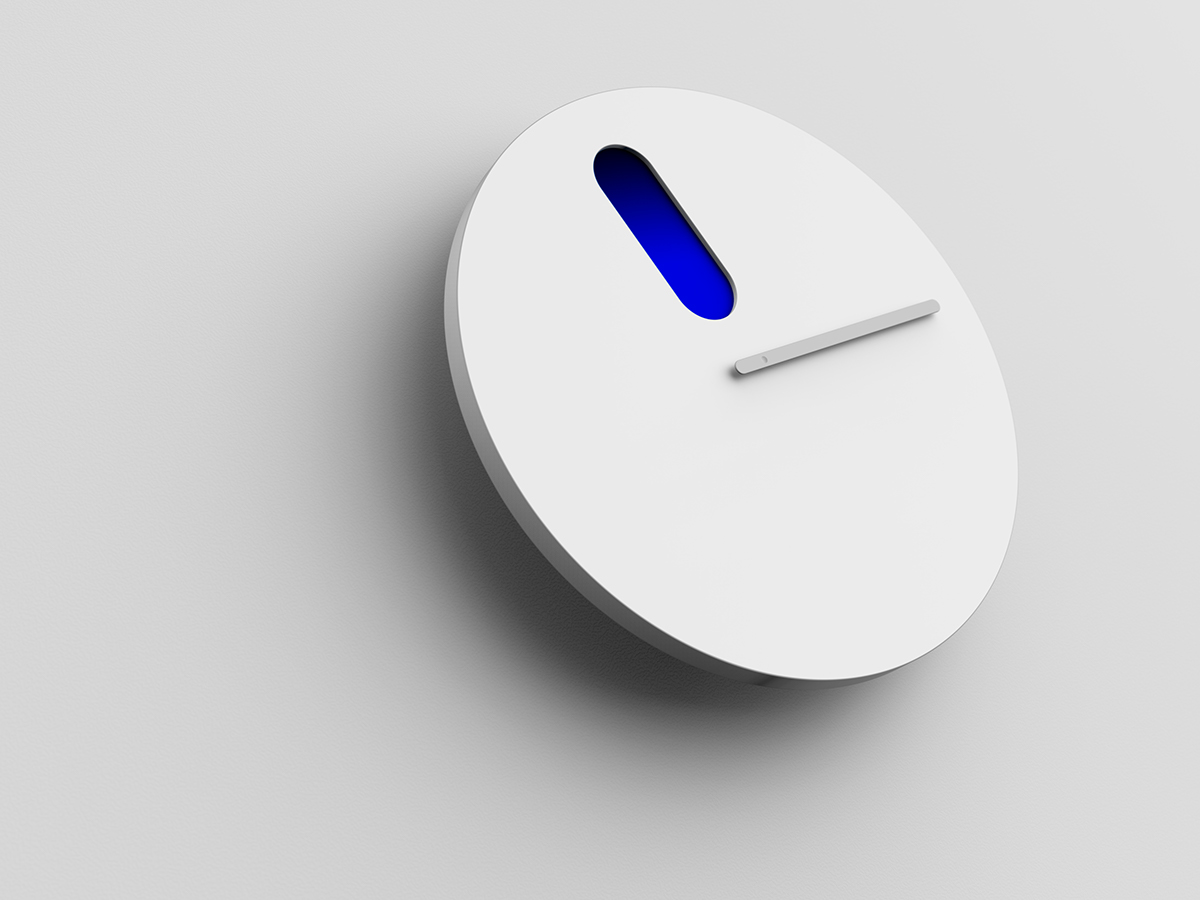
 Don’t try to be so damn subtle in web design.
Don’t try to be so damn subtle in web design.